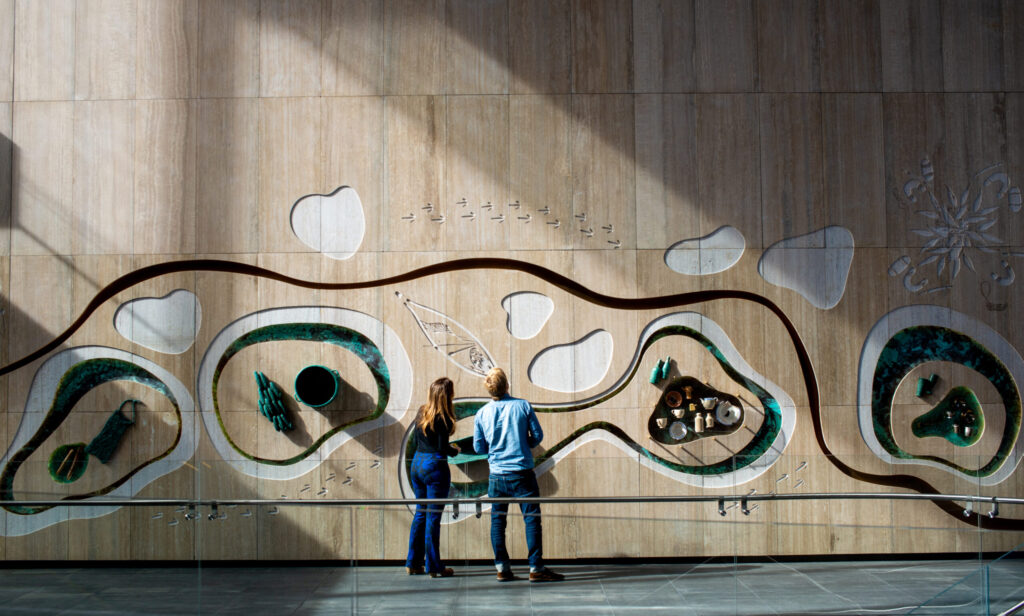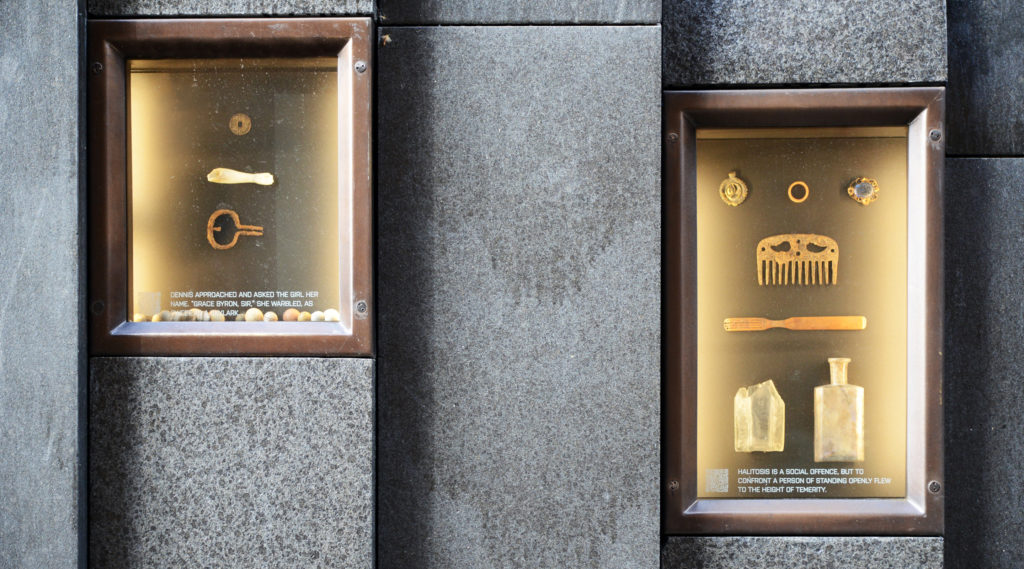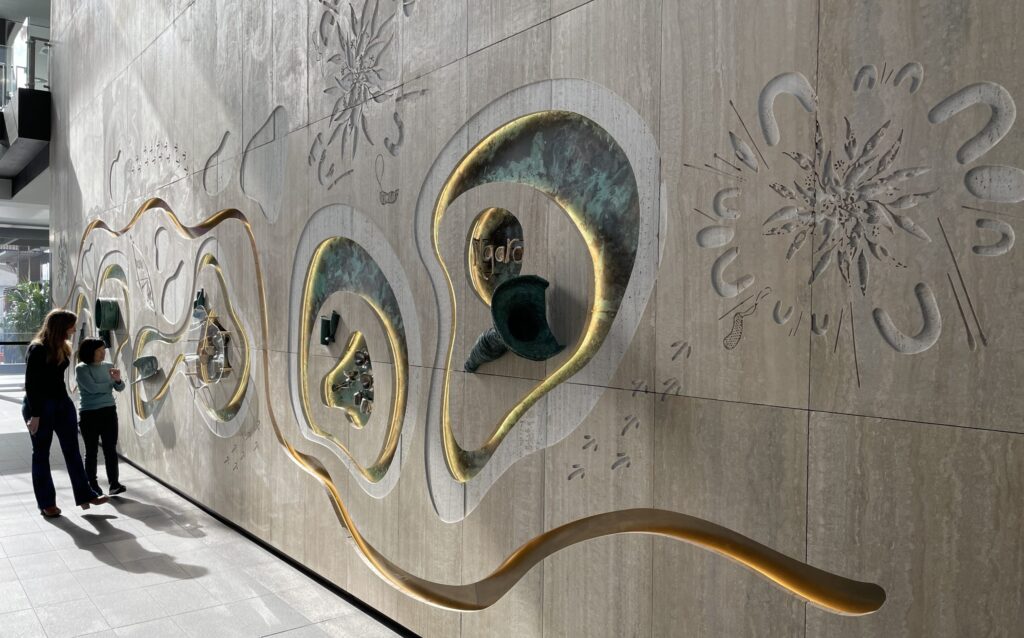
271 Spring St, Melbourne
Archaeological Excavation
Archaeological Assessment
Post-Excavation Archaeology
Interpretation Plan
Client: ISPT
Melbourne, VIC
Wurundjeri Country
In the heart of Melbourne’s CBD, 271 Spring Street forms the north-eastern corner of the ‘Little Lon’ precinct, an important part of the urban, social and economic history of the city.
Little Lon had a long-standing reputation as a slum and red-light district throughout the nineteenth and twentieth century. Moral reformers were attracted to this district, determined to save the supposed sinners who lived here. Archaeological excavations and historical research has provided evidence that the story here is more complex. The residents lived within a poor but diverse working-class community with cared-for homes.
GML Heritage was engaged by ISPT to undertake a full suite of archaeological services and heritage interpretation as part of the re-development of the site into a commercial building.
GML’s archaeological excavations in the precinct unearthed the remnants of 1850s-era houses with stone fireplaces and remains associated with a pub, boarding house, stables, and the former Blakeley saw and cutlery factory. Over 14,000 artefacts were found, shedding new light on one of the last unexcavated sections of the precinct.
GML prepared a Heritage Interpretation Scheme that synthesised the key findings of decades of archaeological and historical research to identify the significant stories and themes related to the site’s history.
Designs for the interpretation devices included window graphics, graphics to wrap around outdoor vents, graphics for step risers, indoor and outdoor artefact display cases and signage.






Partners
International Conservation Services
Geoff Hewitt (Archaeology Excavation Director)
Christine Williamson (Artefacts Analysis Specialist)



